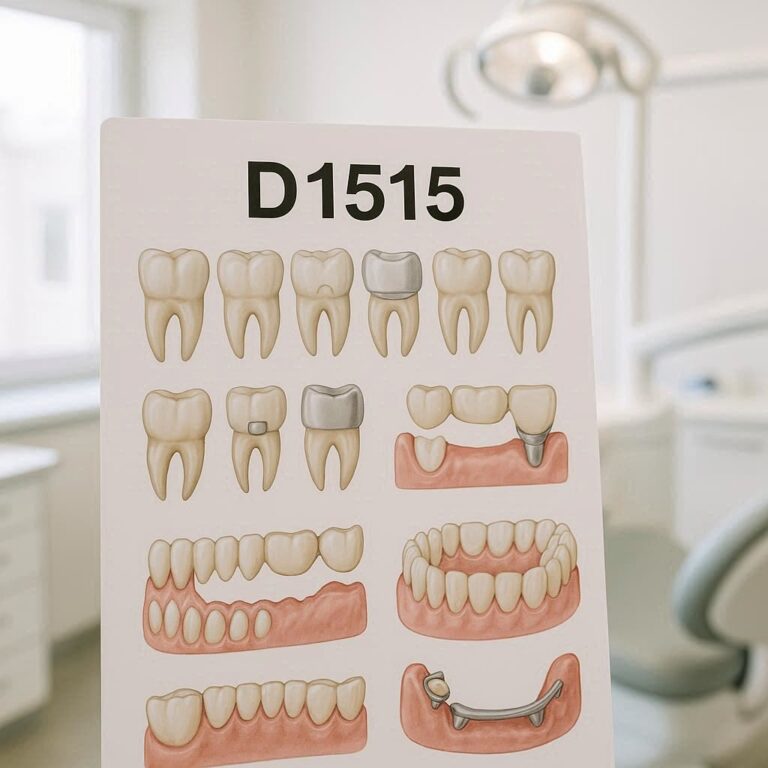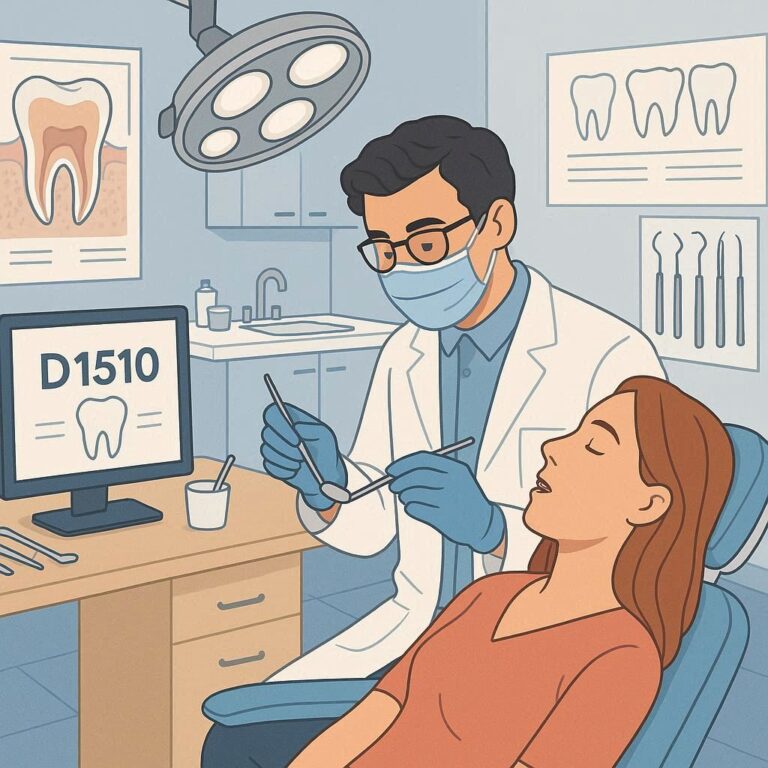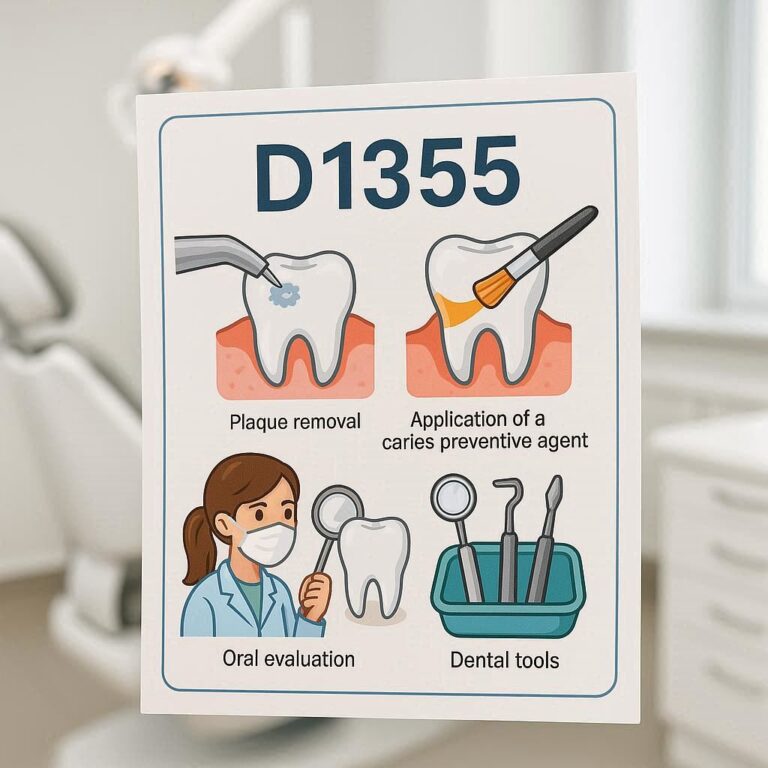ICD Codes for Dental Extraction: A Comprehensive Guide
Dental extractions are among the most common dental procedures performed worldwide. Whether due to severe decay, periodontal disease, or orthodontic needs, tooth extraction requires precise documentation and coding for insurance claims, medical records, and statistical tracking. The International Classification of Diseases (ICD) coding system ensures uniformity in reporting diagnoses related to dental extractions.
This comprehensive guide explores ICD-10 codes for dental extractions, their clinical relevance, documentation best practices, and insurance implications. By the end, dental professionals, coders, and billing specialists will have a thorough understanding of how to accurately apply these codes to optimize reimbursement and compliance.

2. Understanding ICD Codes in Dentistry
The ICD (International Classification of Diseases) is a globally recognized system for diagnosing and classifying medical conditions. Maintained by the World Health Organization (WHO), the latest version, ICD-10-CM (Clinical Modification), is used in the U.S. for medical billing and record-keeping.
Key Features of ICD-10-CM Relevant to Dentistry:
- Alphanumeric Structure: Codes begin with a letter (often “K” for dental conditions) followed by numbers.
- Specificity: ICD-10 allows for greater detail than ICD-9, including laterality (left/right) and complication status.
- Medical Necessity: Proper coding justifies why a procedure (like extraction) was necessary.
3. Importance of Accurate ICD Coding for Dental Extractions
Accurate ICD coding is crucial for:
- Insurance Claims: Ensures proper reimbursement.
- Legal Compliance: Reduces audit risks and fraud allegations.
- Patient Records: Maintains accurate health histories.
- Statistical Reporting: Helps in public health tracking of dental diseases.
Example: Using K02.9 (Dental caries, unspecified) instead of K02.51 (Arrested dental caries) can lead to claim denials if the insurer requires specificity.
4. Common ICD-10 Codes for Dental Extractions
Below are the most frequently used ICD-10 codes for dental extractions:
| ICD-10 Code | Description | Clinical Scenario |
|---|---|---|
| K08.1 | Loss of teeth due to trauma, extraction, or periodontal disease | Used when documenting tooth loss history |
| K02.9 | Dental caries, unspecified | General decay leading to extraction |
| K04.7 | Periapical abscess without sinus | Infection necessitating extraction |
| K05.3 | Chronic periodontitis | Advanced gum disease causing tooth loss |
| K12.2 | Cellulitis and abscess of mouth | Severe infection requiring extraction |
| K00.6 | Disturbances in tooth eruption | Impacted teeth needing removal |
5. ICD-10 Codes for Simple vs. Surgical Extractions
Simple Extractions (Non-Surgical)
- K02.51 – Arrested dental caries
- K03.81 – Cracked tooth
Surgical Extractions (Complex Cases)
- K01.1 – Impacted teeth
- K10.8 – Other specified diseases of jaws (e.g., cysts requiring extraction)
6. ICD-10 Codes for Complications Related to Dental Extractions
Complications may require additional coding:
- T81.4XXA – Infection following a procedure (initial encounter)
- K10.3 – Alveolitis of jaws (dry socket)
7. How to Select the Correct ICD Code for Dental Extractions
- Identify the primary reason for extraction (decay, infection, trauma).
- Check for complications (abscess, dry socket).
- Verify laterality (if applicable).
- Cross-reference with payer policies (some insurers require specific codes).
8. Differences Between ICD-9 and ICD-10 for Dental Procedures
| Feature | ICD-9 | ICD-10 |
|---|---|---|
| Code Length | 3-5 digits | 3-7 digits |
| Specificity | Limited | High (includes laterality, severity) |
| Dental Caries Coding | 521.00 | K02.9 (more detailed options) |
9. Documentation Requirements for Dental Extraction Coding
- Diagnosis justification (e.g., radiographic evidence of caries).
- Tooth number and location (FDI or Universal numbering system).
- Procedure notes (simple vs. surgical extraction).
10. Common Mistakes in Dental Extraction Coding
- Using unspecified codes when specifics are available.
- Failing to document medical necessity.
- Mismatching CPT and ICD codes.
11. The Role of Medical Necessity in Dental Extraction Coding
Insurance companies require proof that extraction was medically necessary. Examples:
- Severe decay (K02.9)
- Periodontal disease (K05.3)
- Impacted wisdom teeth (K01.1)
12. Insurance Reimbursement and ICD Coding for Extractions
- Medicare: Limited coverage (only medically necessary cases).
- Medicaid: Varies by state.
- Private Insurers: Often require pre-authorization.
13. Case Studies: Real-World Examples of Dental Extraction Coding
Case 1:
- Diagnosis: Periapical abscess (K04.7).
- Procedure: Extraction of tooth #30.
- ICD-10: K04.7
Case 2:
- Diagnosis: Impacted wisdom tooth (K01.1).
- Procedure: Surgical extraction.
- ICD-10: K01.1
14. Future Trends in Dental Coding: ICD-11 and Beyond
- Greater specificity in coding.
- AI-assisted coding for accuracy.
- Global standardization of dental codes.
15. Conclusion
Accurate ICD coding for dental extractions ensures proper billing, compliance, and patient care. By understanding key codes like K02.9 (caries), K04.7 (abscess), and K01.1 (impacted teeth), dental professionals can optimize reimbursements and avoid claim denials. Always document thoroughly and stay updated with coding changes.
16. FAQs
Q1: What is the ICD-10 code for a routine tooth extraction?
- A: Use K08.1 (loss of teeth due to extraction) or a more specific code like K02.9 (caries).
Q2: How do I code an extraction due to gum disease?
- A: Use K05.3 (chronic periodontitis).
Q3: What if a patient has a dry socket after extraction?
- A: Code K10.3 (alveolitis of jaws).


